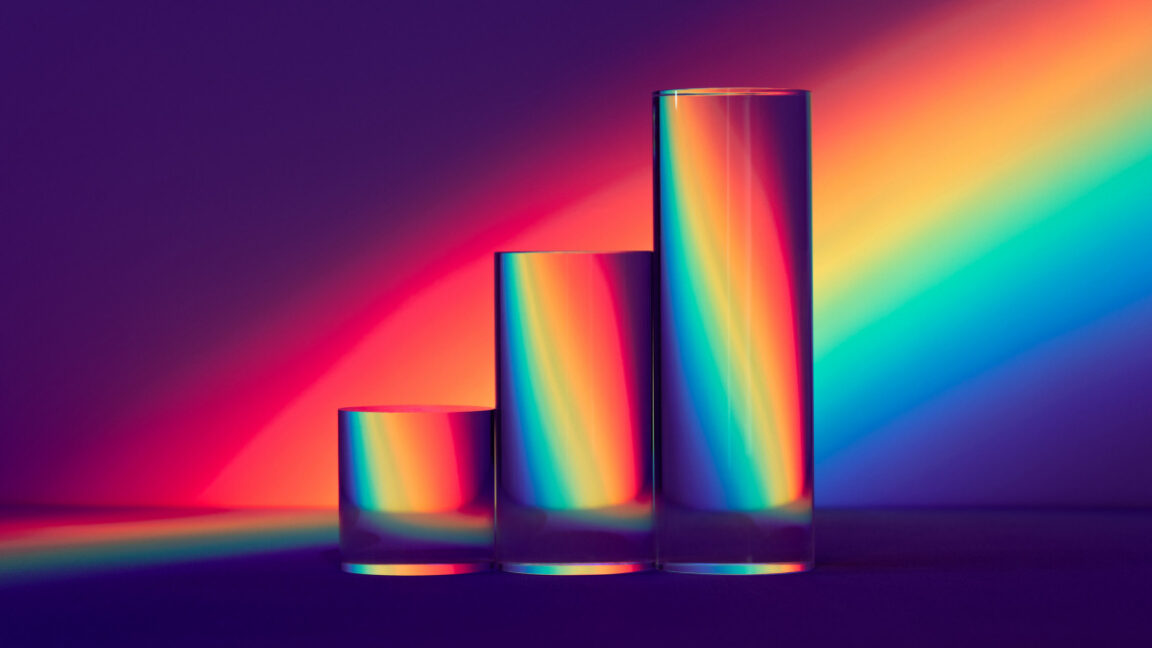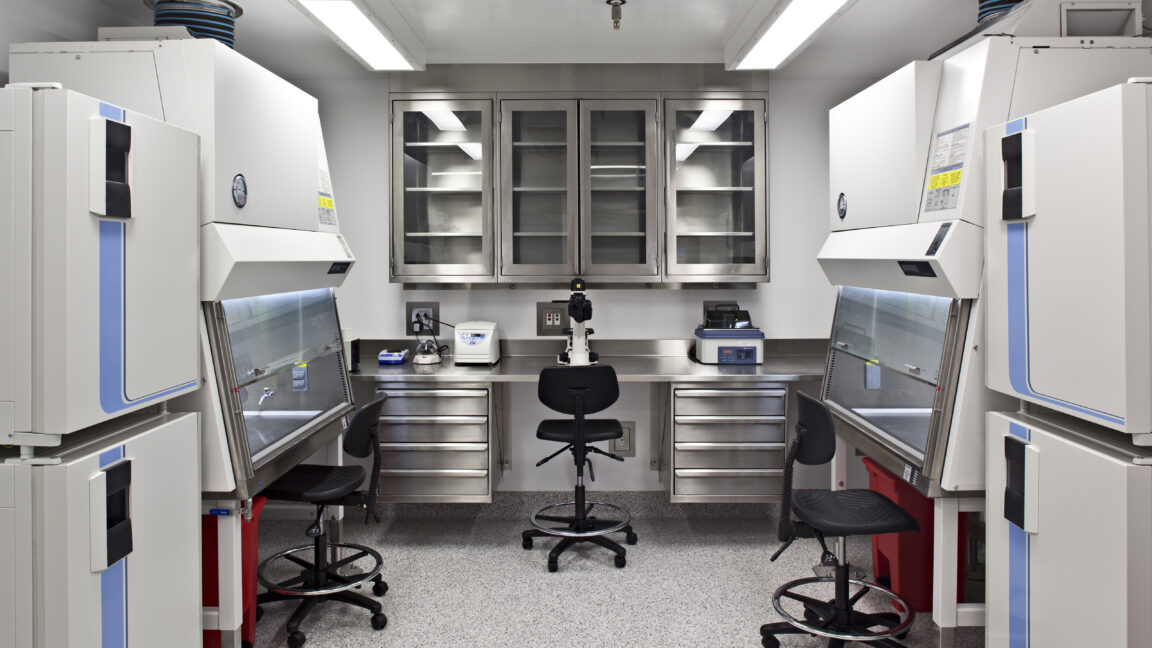
Why you shouldnt always trust manufacturers lumens specs
www.digitaltrends.com
Table of ContentsTable of ContentsWhat is a lumen, anyway?Different types of lumen measurementsThe problems with the standardsA huge focus of the AV world has been on brightness, and for good reason. Without an adequately bright image, especially in a room awash with ambient light, your displays picture will look washed out and seeing detail is difficult. With projectors, the amount of brightness it can produce will also determine how big of an image it can project.Brightness is also one half of contrast (the other being black level), which is the most important aspect of a picture because of the way our visual system developed to survive in the world. While the amount of brightness a TV or projector produces isnt a life or death situation (as much as we video reviewers think it might be), its important that we know what were getting from a product were looking to buy. Unfortunately, that isnt always the case.Recommended VideosLets take a look at what these specs actually are, and how to make sure youre getting the most out of them.RelatedDerek Malcolm / Digital TrendsYoull come across different terms as you read about brightness performance of displays both from reviews and manufacturer specs. Our goal as reviewers is to provide you, the reader, with an accurate representation of how a product performs in the real world as opposed to what the specs say. (Specs can be useful, but it doesnt mean theyre always entirely accurate.) So whats the difference between a lumen, a nit, a lux, and a foot lambert?Lumens (lm): The amount of visible light emitted by a source in all directions. Its used to measure the light output of projectors and bulbs. Since lumens are the measure of light from the source, they dont include screen reflectivity.Lux (lx): We sometimes see lux in relation to projector measurements. Its a measure of illuminance, or the amount of light that falls onto a surface. Specifically, one lux is one lumen per square meter.Nits (nt): Digital Trends readers are likely most familiar with nits as a unit of brightness measurement. We use this in the measurement of TVs and other panel displays (like monitors). Like lumens, nits is a representation of light emitted from a display, but from a single direction and not all directions. This is also sometimes referred to a cd/m2 (candelas per meter squared).Foot-lambert (ft-L): This isnt seen as much in the consumer space, but is another form of luminance measurement, like lumens and nits. Its used by the Society of Motion Picture and Television Engineers (SMPTE) to set brightness standards for theaters.When it comes to pure brightness capability of a projector, lumens is the important number.When you look at different lumen measurements that projector companies might use, not all are created equal. Theres ANSI lumens, ISO lumens, CVIA lumens, LED lumens, and just plain old lumens. So which ones are the best to pay attention to?Both ANSI lumens and ISO lumens are standardized through different organizations the American National Standards Institute (ANSI) and the International Standard for Organization (ISO). The specific ISO standard is ISO21118. There are claims of an ability to convert one to the other (an AWOL Vision blog post points to a 1 ANSI to 0.8 ISO comparison, while an Anker Nebula post uses 1 ANSI to 1.045 ISO), but there is no official conversion. In my experience, the two are very similar, and close to a 1:1.Phil Nickinson / Digital TrendsANSI has been the primary standard, although many companies and websites are switching over to the ISO standard. CVIA lumens are another standard created by the China Video Industry Association, but has not caught on worldwide yet.LED lumens are used specifically by LED projector manufacturers, but are not a standardized form of measurement. The reasoning behind those companies using the term is that the light from LEDs looks brighter to our eyes than measurement equipment. So the LED lumens number is the estimatedThe lumens landscape was the wild west for a long time and to some extent still is. Epson has spent time and money trying to fix this with lawsuits against companies that Epson claims are falsely advertising brightness output including Anker, AWOL Vision, JmGo. So now that we have standards everything is fine and totally accurate in the projector lumen world, right? Well, not exactly.Even with the standards, a projector can be considered within spec but still be up to 20% under the number that they publish. That means a 2,000 ANSI lumen projector could actually put out 1,600 lumens and be considered all well and good.Add to it that the lumens numbers posted by manufacturers are almost always with the projector in its brightest mode usually Vivid, or Dynamic, or something with a closely related synonym. The problem with these modes is that they arent generally color accurate, and often have a green tint to the picture. If you switch the picture mode into Movie or Cinema (which you absolutely should), you can expect a lower lumens output. Sometimes by as much as 50% of the published spec.Taking all of that into account, having the standardized forms of measurements are still incredibly useful and worthwhile to pay attention to. Companies are more accurately reporting what their projectors are capable of and reviewers are holding them to it. Finding third parties that have done scientific measurements is a great way to check what youre actually getting out of a projector instead of just believing what a manufacturer says. Just keep in mind that even then, what you get on your screen might not be whats listed on the box.Editors Recommendations
0 Reacties
·0 aandelen
·94 Views








